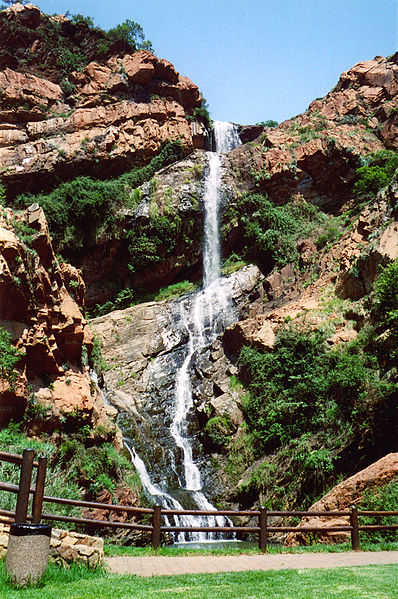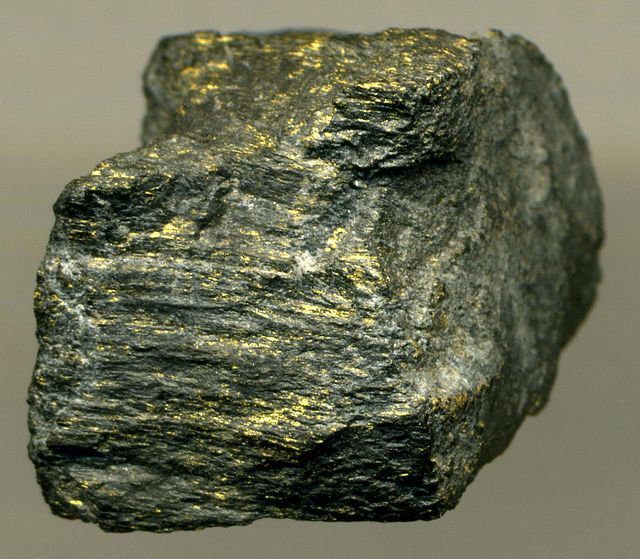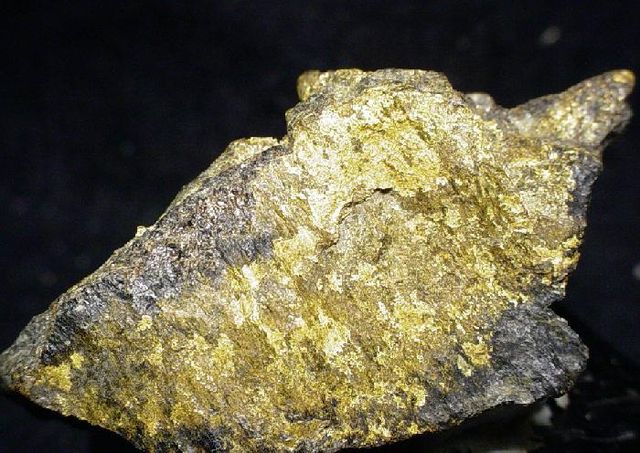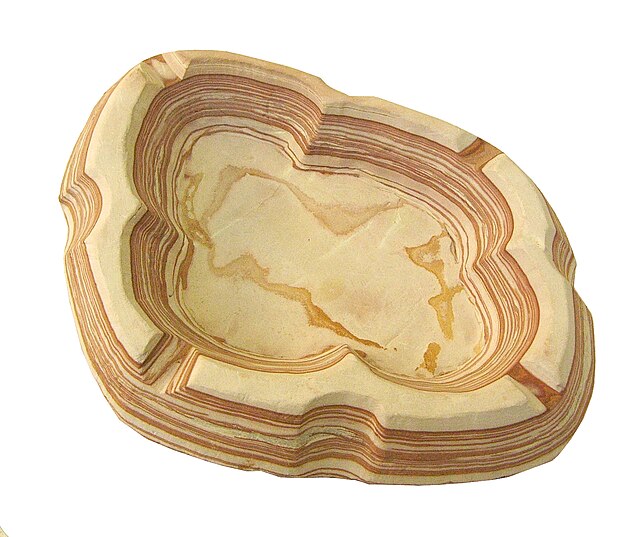Krugersdorp is a mining city in the West Rand, Gauteng Province, South Africa founded in 1887 by Marthinus Pretorius and Abner Cohen. Following the discovery of gold on the Witwatersrand, a need arose for a major town in the west of the reef. The government bought part of the Paardekraal farm and named the new town after the Transvaal president, Paul Kruger. Krugersdorp no longer has a separate municipal government after it was integrated into Mogale City Local Municipality along with surrounding towns. It is now the seat of government for Mogale City.
Featherbrooke estate in Krugersdorp
Town Hall in Krugersdorp
A view from Coronation Park overlooking the old town with the West Rand Consolidated Mines dump on the horizon
The Witwatersrand is a 56-kilometre-long (35 mi), north-facing scarp in South Africa. It consists of a hard, erosion-resistant quartzite metamorphic rock, over which several north-flowing rivers form waterfalls, which account for the name Witwatersrand, meaning "white water ridge" in Afrikaans. This east-west-running scarp can be traced with only one short gap, from Bedfordview in the east, through Johannesburg and Roodepoort, to Krugersdorp in the west.
Witpoortjie Falls in the Walter Sisulu National Botanical Garden, formerly the Witwatersrand National Botanical Gardens. Waterfalls like this, cascading over a 56-kilometre-long (35 mi) quartzite ridge in Gauteng gave rise to the name “Witwatersrand”, which means “white water ridge” in Afrikaans.
Carbon Leader Gold Ore, Blyvooruitzicht Gold Mine, Carletonville Goldfield, West Witwatersrand. The Carbon Leader is a blackened, hydrocarbon-rich stromatolitic interval richly impregnated with native gold and uraninite. This is a paleoplacer deposit, part of an ancient alluvial fan succession.
High-grade gold ore from the Witwatersrand near Johannesburg.
An ashtray carved out of a soft form of banded ironstone. Note the alternating red and beige layers that make up this rock. The red layers much richer in iron (III) oxides (Fe 2O 3) were laid down during time periods when Archean photosynthesizing cyanobacteria produced oxygen that rapidly reacted with the dissolved iron (II) (Fe2+ ) in water, to form insoluble iron oxide (hematite). The beige layers are sediments that settled during time periods when there was no (or much less) precipitation of iron oxide due to the depletion of dissolved oxygen or







